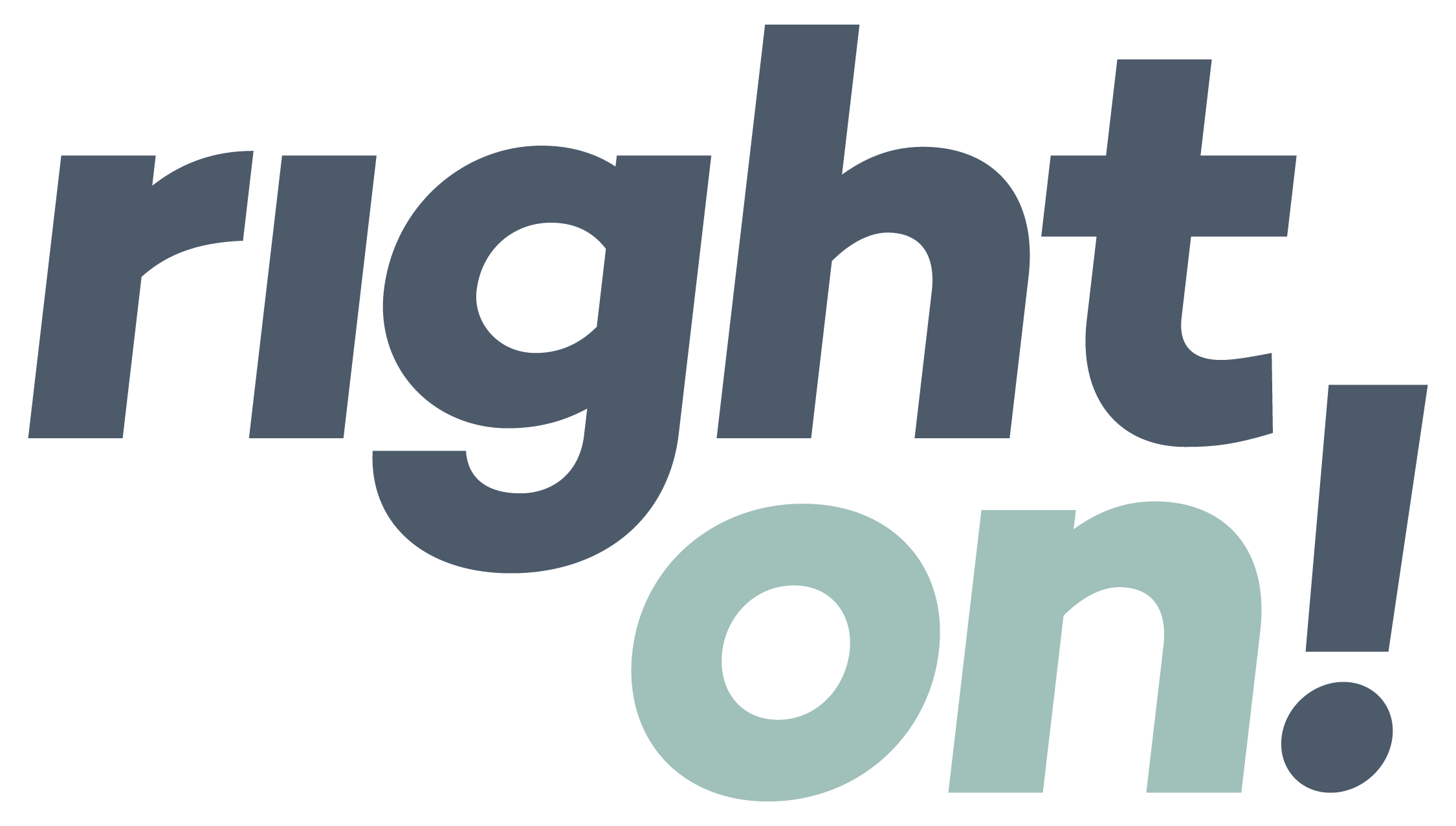
The best recipe for a creative brief.
How to write a creative brief so good that success is the only possible outcome.
Few things make my writerly heart smile more than a fantastic creative brief. And I know I’m not alone—a sense of reassurance arises when our writers see a brief is everything they need it to be. Because when a creative team is crystal clear about what a project needs to achieve, it frees them up to do their best work rather than guesswork. And they can achieve it faster, with fewer rounds of revision, heightened creativity, and happier clients. Even the review process becomes simple and straightforward: the brief acts as the reference point against which the creative work can be judged.
By contrast, nebulous (or—shudder—nonexistent) creative briefs set a murky stage from the get-go, which leaves the writer fumbling and the clients frustrated. Here’s the magical (and highly motivating) fact: when a brief is excellent, the work produced is destined to be excellent too.
We chatted with our team of writers, account managers, strategists, creative directors, and project managers to crowdsource what we collectively see as the optimal creative brief. The kind of brief that sends writers swooning and imaginations soaring. The kind that earns a standing ovation upon round-one delivery. The kind that garners a hall-of-fame ROI.
Here’s just how to do it.
A creative brief should be just that: brief.
Writers love to gobble up information. But give them too much to digest—say, a ten-page document outlining what you want a one-page blog article to achieve—and they don’t know where to begin. So pare down to the core essential elements, and be deliberate.
Summarize the main point of the project in just a sentence or two (or less).
The best way to help someone to wrap their head around an idea is to neatly package it. Many briefs label this point as “the North Star” or “key message.” Your creative team should be able to use it as a shorthand reference for their mission. Katy Davis, senior writer at Right On, likes to encourage clients to state their key point in seven words or less. Even when they can’t quite get it down to seven, it helps them shave as much as they can to one sharp, salient point.
Greg Fox, a senior writer at Right On, adds, “One of my favorite briefs came from the planners at Dove. It was simply: ‘We asked 2,000 of our customers if they considered themselves average or beautiful. 80% said average. How can we change this?’ The creative team knew exactly what they were trying to do and could wrap their heads around the main goal.”
Map out supporting points.
Once you have the center-stage point defined, back it up with support points. If you can, organize them in order of priority so the writer knows where they can trim and where they shouldn’t. Sometimes we call these points “reasons to believe.” What are the product benefits that support your main point? Or the supporting arguments that shore up your overall message?
Share background materials that help the writer get inside your head.
“I like having links to background material and research that will help me better understand the market, the product, and anything else that is pertinent to the messaging and market situation,” says Right On senior writer Kim Smart.
Our ever-prescient Director of Operations, Pati Goodell, adds that it also helps to know why background material and research are being included. Add a brief explanation of why they’re relevant or important—and any specific takeaways the writer should note—so the writer has a solid understanding of what to hone in on. This allows the writer to avoid wanders in the woods, and instead they can focus on distilling information and wordsmithing.
Define your audiences—and their emotions, and their location in your pipeline.
Emotions drive human decision-making. This applies in B2C and B2B communications equally. (Just ask our friend and colleague Adam Morgan, author of Sorry, Spock: Emotions Drive Business.)
Right On co-founder Kim Grob always asks, “What is the emotion your brand is trying to evoke from its target audience?” Don’t just identify their pain points—note how they’ll feel as these pain points are resolved. Perhaps they’ll feel relief upon learning an advanced AI system can help them personalize their marketing and, thus, impress their bosses. Or perhaps they’ll feel a sense of purpose and inspiration when they read about your nursing school’s career outcomes and decide to apply.
Don’t forget to note where your audience is in their journey of engagement with your brand. By putting yourself in your audience’s shoes, you help your writer step into character, too.
Note your brand’s unique tone, voice, personality, and point of view.
This is important especially if your writer or agency is newer to your brand. But even if they’re familiar, it bears repeating for reference. Note how your brand should sound in conversation. What tone should this piece take? And what unique perspective does your brand bring to the problem at hand?
List all the people involved, from SMEs to stakeholder reviewers.
Great writers love doing their homework. They’ll want to know who prospective interview subjects are, what their background is, and their relationship to the story. You can help them understand what specific perspectives these people will bring and what subjects to ask them about.
Equally important, you’ll want to define project roles—including who the stakeholders and reviewers are. “It helps you keep their point of view in mind while writing,” explains Right On senior writer Becky Lawlor.
Have a call to action.
It sounds like a no-brainer, but you wouldn’t believe how often it’s an afterthought. If a project has a clear call to action from its inception, the writer can ensure all roads lead to the intended response.
Share suggested keywords and SEO terms.
Optimization goes a long way in helping people find your content. So take the time to consider any keywords or search terms.
“Even if clients don’t know what their primary and secondary keywords are, it’s helpful for them to get thinking about it,” advises Lori Alcala, senior writer at Right On. “It’s the first step toward researching, defining, and acting on them.”
Think about any complementary assets you’d like to create that would map back to your high-level strategy.
Here’s a good efficiency tip: as you create the brief for your primary deliverable, think about any derivative assets or complementary pieces that should accompany it. If you need a 2,000-word whitepaper, perhaps you also need an email campaign promoting it—or a LinkedIn post, or a banner ad, or a companion infographic, or any combination of the above.
Envisioning the full set of assets is helpful, as senior writer Diana Kightlinger says, “ in case I need to think ahead—or sideways!” Even if another team is creating them, it’s good to have the context of everything that’s going live alongside the primary piece.
Define your success metrics—the more specific, the better.
“When you talk about goals and metrics, you need to be specific so you can see whether or not you’re getting any return on your content investment,” advises senior writer Lori Alcala. “This helps both the client and the writers!”
Specify your hoped-for number of downloads, number of views, or number of email opens. While you’re at it, check out your internal tracking systems to see how you could be monitoring success in ways you aren’t already.
Say everything the project should achieve—nothing more or less.
Senior writer Jamie Gadette floored us with a LinkedIn slideshare by Steven Stark that conjured the creative brief for Michaelangelo’s painting of the Sistine Chapel. Essentially, Stark demonstrates that the ideal brief shouldn’t be overly prescriptive or overly open-ended. Check it out here.
The takeaway: find the Goldilocks zone of inspiring and inviting creativity without prescribing its outcome.
There it is: our logical checklist for the ideal creative brief.
Kevin Peaslee, the strategic mastermind behind many Right On briefs, was quick to point out that the brief creation process isn’t only science—it’s an art, too.
“A creative brief is, at its heart, a creative act—the fascinating audience insight you uncover, the unique angle you take, the data you raise from anonymity to a central role …. Even the brief format can be creatively morphed at times, based on what’s needed. Perhaps the brief is meant to inspire ultra-creative work. But other times, it’s meant to be foundational to rock-solid, pragmatic work. Figure out where the brief needs to land on that spectrum, then deliver accordingly.”
Our Most Recent Insights.
SEE ALL INSIGHTS →
Strategy
How to talk climate with conservatives.
Many conservatives care deeply about the environment. They just talk about it differently.

Storytelling
Stories of hope from Climate Week.
At Climate Week NYC, people showed up to with creative, courageous climate solutions.

Strategy
Get your sustainability initiatives funded.
How healthcare leaders win support for sustainability — and how you can, too.
